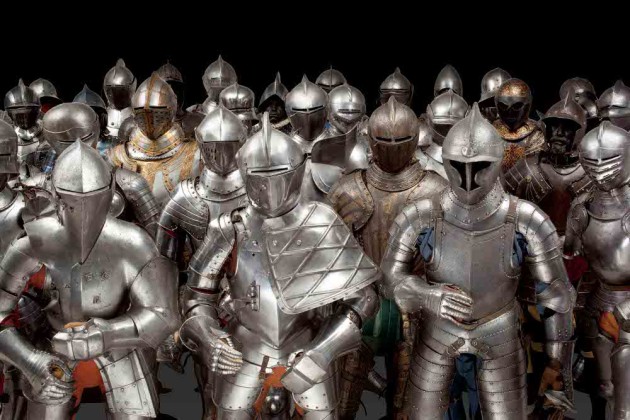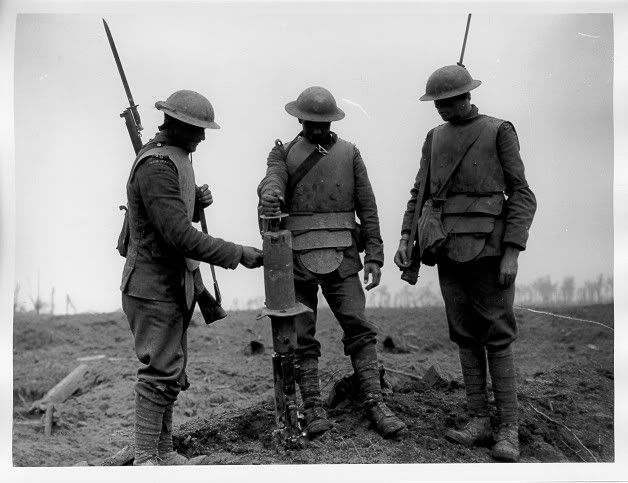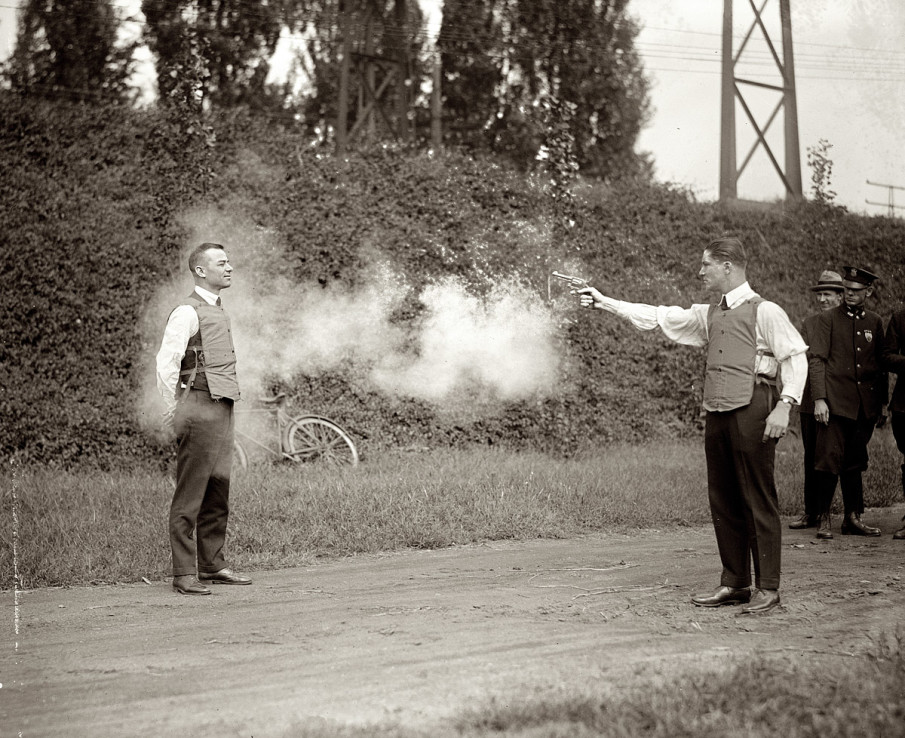While you are rushing out to find those red-hot after-Christmas deals, negotiating all those crowds of rabid shoppers, consider this rather unorthodox gift idea for all your loved ones: tactical vests. Lost you? Last thing you would buy? Well that may soon change.
There soon may be a whole new market of vests flying off shelves. Don’t believe me? Think that tactical vests are just for the military and law enforcement? Fine. Just wait, and you may be the last on your block to be vested and protected. Still don’t believe me? Read on. This article will trace the historical roots of the tactical vest and what forces are driving it from the military and law enforcement arenas into civilian markets.
Some protection is better than no protection
Since the dawn of warfare, man has dreamed of armoring himself against the missiles of his enemy—spear, arrow, or bullet—because no matter how well trained or prepared you are, you cannot always see where attacks are coming from, cannot premeditate, identify, and deflect all attacks, regardless of how good you are with your lightsaber.

Body armor was first made of bark and bamboo, then later animal hides and leather. Then came shields, which first were made of wood, later of metal. Suits of armor came later, and were great unless you got knocked down or your enemy knew its weak spots—under the arm, between plates and sections, etc. Arrows were the killing blow to suits of armor long before bullets.
Even in World War I, they tried steel chest plates, face masks, and various other ingenious inventions that offered trench-bound soldiers some degree of protection from the random—and not so random—bullets sent from the enemy, the likes of whom were often a fair distance away and came to be known as snipers.

Flak vests were first developed in World War II for bomber crews and other personnel. They were intended to protect crewmen against the shrapnel of flak, anti-aircraft fire sent aloft to blow aircraft from the skies, often at high altitudes, especially on bombing runs. Even when flak fire did not bring down aircraft, it played havoc with bombers. But flak vests were not good at stopping bullets.

Bulletproof-vest development accelerated after World War II. But those first prototypes were only mildly effective against small-caliber pistol rounds, .38 Special and smaller, and maybe, on a good day, 9mm rounds.
In the Vietnam War, the U.S. military was still issuing flak vests to troops. These vests and their protective plates were greatly improved over what was used during World War II, but in many ways, it was essentially the same equipment. After Vietnam, much research and development was done on how to improve vests, to make them more effective and lighter.
Already have an account? Sign In
Two ways to continue to read this article.
Subscribe
$1.99
every 4 weeks
- Unlimited access to all articles
- Support independent journalism
- Ad-free reading experience
Subscribe Now
Recurring Monthly. Cancel Anytime.
Troops in Vietnam figured out fast that flak vests were not good for stopping AK rounds, and were better suited for mortar and artillery attacks—hopefully stopping shrapnel—and for sitting on while riding in Hueys during insertions. Most hated wearing them in the bush on patrols due to their weight.
Vietnam-era flak vests were eventually made using ballistic nylon. Some say this material was the Kevlar of its time. The key advantage of the nylon was that it was lighter. It was part of the first generation of ballistic fibers that caught and stopped bullets as if they were in a net.
Ballistic plates
Modern tactical vests, as they exist today, started to come onto the market in the 1980s, in the shadow of the Vietnam War and its enduring lessons. One of those lessons, one also learned back in World War I, related to the existence of the ratio between stopping ability and weight. More stopping ability meant much more weight, a key issue for the infantryman who is always hauling too much weight in his ruck, plus his weapon. Every ounce counts when a grunt is carrying upwards of 80 pounds on extended infantry operations.
Things get a bit technical at this point. Stay with me and I will try to keep it short.
The Army and Marine Corps started putting out bids and doing research in the 1980s, seeking out lighter materials for ballistic plates that provided adequate protection for troops. Materials matter in the construction of most things—cars and trucks, buildings and aircraft—and ballistic plates are no exception. Lighter is better. But no one wants to wear a vest outfitted with soft-butter plates.
Plate carriers were first introduced during this time. Carriers were scalable, or modular, in the sense that plates of various weights and ballistic ratings could be swapped out and switched for lighter or heavier plates, for more or less protection, depending on the situation and the decisions of battlefield commanders. It was also at this time that other materials stared getting looks, such as ceramics, plastics, and fabrics. Each was recognized as having unique pros and cons.
The key to understanding how ballistic plates work is recognizing that they are comprised of fibers, even the ceramic plates. Kevlar was the first material to implement ballistic fibers, which offer about five times the tensile strength by weight. Essentially, when a projectile strikes a steel plate, that plate is trying act like a wall or a shield. A steel plate’s job is to stop the bullet and disperse the bullet’s kinetic energy.
Ballistic fibers work a little differently. When a bullet strikes ballistic fibers, it gets caught in a web of very strong fibers that absorb and disperse the kinetic energy of that bullet. Successive layers of these fibers work together as a multi-layered web. The deformation, or “mushrooming” of the bullet, helps in this. But hardened bullet tips are more difficult to deform and, therefore, to stop. That is the main difference between ball and armor-piercing (AP) rounds.
It was in the 1980s that the U.S. military began rolling out the first PASGT and OTV vests, the first vests to truly offer ballistic body armor protection for troops, beginning the quick progression to where we are today. In part two of this article, we will look at those systems and at the various ratings and levels of ballistic plates, as well as their pros and cons.

